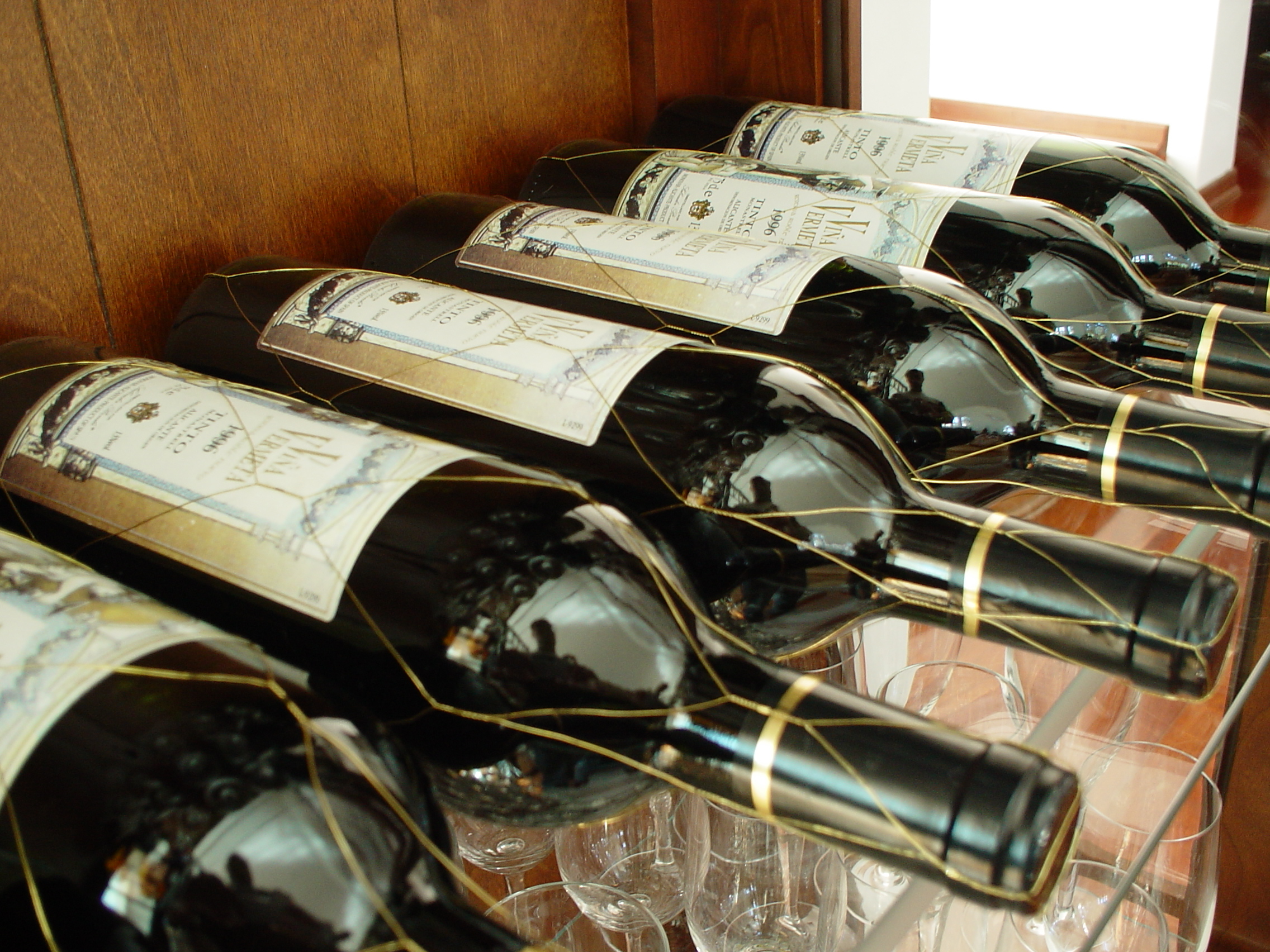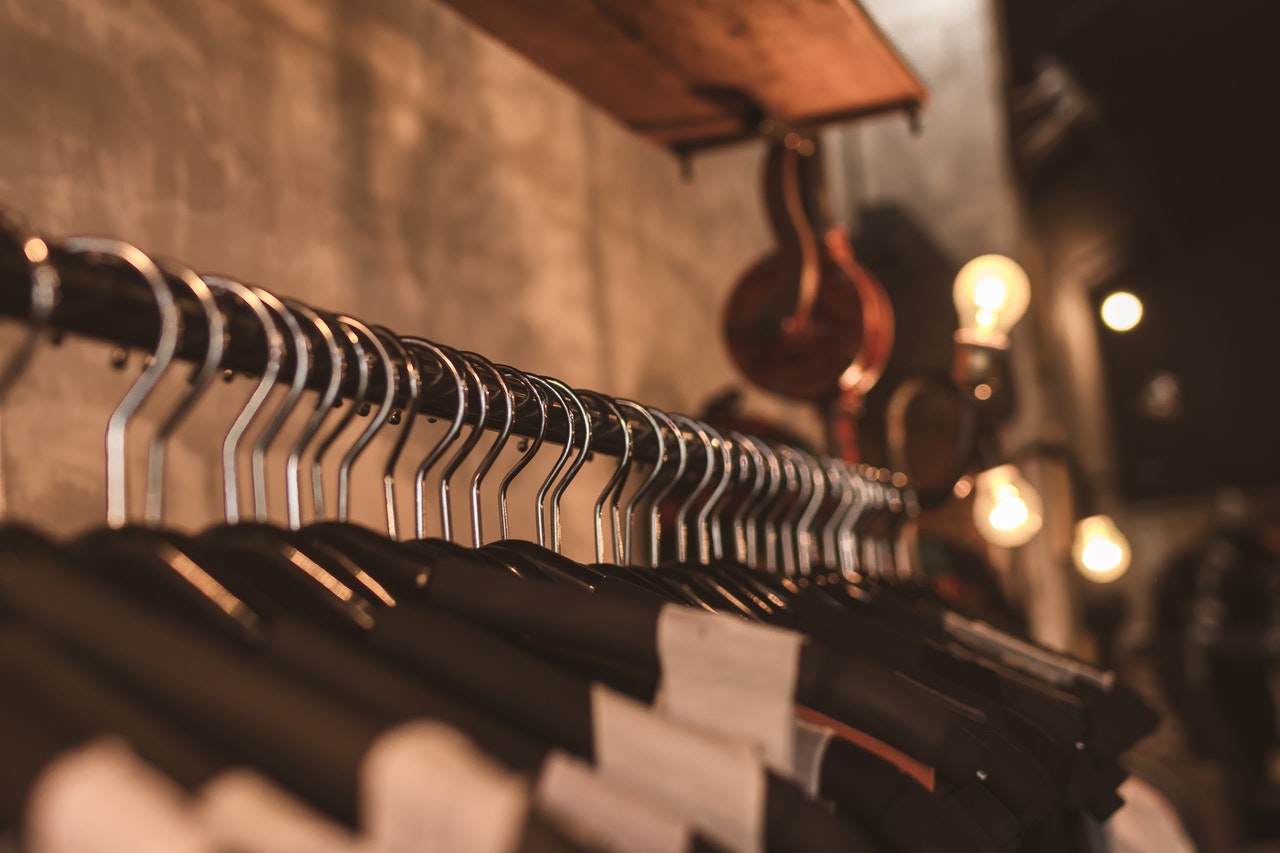“Wine can of their wits the wise beguile, Make the sage frolic, and the serious smile” ― Homer
Let’s admit it, when you go to the liquor store to buy a bottle of wine, often times you make your decision based on the label. Don’t feel bad, it happens to the best of us, actually, most of us. The esthetic design of a label, the name of the wine, and the brand all play a strong marketing role in luring consumers into picking it up and purchasing it. Sometimes, we keep buying a particular wine just for the label even though we think it’s terrible in flavor.
Stop making terrible wine purchasing decisions and stop judging the bottle by its cover. There happens to be a lot of text on the label that we overlook, which clearly spells out the quality of a wine, as we browse the hundreds of options available. Here’s how to decode wine labels next time you find yourself paying more attention to the graphics of the bottle you’re holding rather than what is inside.
Producer
The first thing you will notice when you see a wine bottle label is what appears to be the brand name. It’s actually the name of the estate where the wine is grown and produced. If it’s not an estate, then it’s definitely the company, usually with a catchy name. Branded wine is not from a specific area but from store-bought grapes or different sources. Aside from this, the major difference is that branded wines have a higher production quantity and estate wines are limited in production, giving them a more romantic quality.
Varietal
The next thing you will see on the label is the varietal or type of wine. Liquor stores organize themselves primarily by varietal: Red (Pinot Noir v. Shiraz), White (Chardonnay v. Riesling), Rose (White Zinfandel v. Syrah Rose), Sparkling Wine (Champagne v. Brut), Fortified Wine (Port v. Sherry).
From here, there is a breakdown of the types into style and taste. Red wines have higher levels of tannin and are broken down into the following flavors: fruity red (tart cherry cranberry, strawberry cherry, black cherry raspberry, blueberry blackberry), sweet red, and savory red (clay cured meats, truffle forest, smoke tobacco leather, black pepper gravel).
Where Grapes are Grown
As an up-and-coming wine connoisseur, checking out where the grapes are grown is very important. The label will say generally which country the vineyard is located to the exact region in the world. Wine is made all over the world but the five countries with the highest production rates are: France, Italy, Spain, United States, and China. However, the most popular wines are from France, Germany, Italy, Spain, southeast Australia, Chile, Portugal, and California.
As for the top three most popular locations, France is known for their Rieslings, Pinot Noir, and Chardonnay. German wine is popular for their Rieslings. Italy has 20 wine regions, boasting a huge selection of whites and reds, which undergo quality standards.
Quality Statements
France and Italy apply a statement on the wine label to guarantee their quality standards. France has the appellation d’origine controlee, meaning, “controlled designation of origin”, otherwise known as Appellation Control (AOC). This shows that the French wine has undergone a label design quality control and wine quality tested by a local expert. Italy has several grades applied to the quality of wines:
- VdT (Vino da Tavola) – “Table Wine.” The lowest quality standard, which is usually consumed by locals.
- IGT (Indicazione Geografica Tipica) – “Typical Geographic Indication.” This quality is one step up from Table Wine for everyday drinking.
- DOC (Denominazione di Origine Controllata) – “Controlled Designation of Origin.” These wines are produced in a specific, well-defined region in Italy. They must be made according to defined wine making rules, which are designed to preserve local traditions.
- DOCG (Denominazione di Origine Controllata e Garantita) – “Controlled Designation of Origin Guaranteed.” Wines with the DOCG label is guaranteed to follow strict wine making rules set at a high standard, which must pass an analysis and taste test by government-licensed personnel. As a result, there are lower production quantities, and longer aging periods. All bottles are sealed with a numbered governmental stamp across the cork to guarantee that the purchase is legitimate product.
Vintage Year
Once you are aware of the location, checking out the vintage year on the label is the next step. Many people assume that the older a wine is, the better it tastes. Actually, wine can vary greatly from year to year, even if it’s by the same producer. Climate and weather changes such as rain, frost, drought, and damp weather can dramatically affect the quality of the grapes produced.
The areas most affected by changes in weather are: Italy, France, New Zealand, Chile, Oregon, and Washington State. However, a bad vintage year for red wines is good for whites because it creates a more crisp acidity. As far as aging goes, reds containing higher levels of tannin ages better than those with lower tannin amounts.
Alcohol Content
The alcohol content also affects the aging quality of wines. Alcohol content is expressed in alcohol by volume levels. Those with lower alcohol levels (less than 13.5%) in non-fortified wine will last longer. Fortified wines age best at 17-20% ABV. As expected, cheap white wine doesn’t last long–about a year. Fine champagne keeps well for about 60 years. Port and fortified wines last about 100 years.
Importer or Bottler
Wines that are not produced from a vineyard, like branded wines, have the importer or bottler printed on the label. This is an indicator to tell whether or not the wine was made from a single estate or mass produced.
Government Warnings
Lastly, government warnings are placed on certain labels only if the country selling it requires it. The United States usually has a warning for consumption of alcohol during pregnancy and if the wine has sulfites. Sulfites are a naturally occurring ingredient but may be added as a preservative. New Zealand, Australia, and the US require allergen warnings on the label.
As you can see, wine labels provide much more information than the fancy name or alluring graphic presented on there. It’s fine that the label attracts you but now that you know how to read wine labels, you can make a better choice in terms of flavor, quality, and geographic origin. Next time you stop by the liquor store to pick up a wine for dinner, you’ll be pleasantly surprised by the more educated choice that you make.
Featured images:
License: Royalty Free or iStock
source: http://www.liquormart.com/
The author of this article is Erin Tran. If you enjoyed this piece you can follow me on Twitter @CustParadigm. When I’m not checking out new places to buy wine from different regions, I can be seen driving into the mountains for a day hike with my dog.





